so poetry tackles what is not yet, what is lost, what the kestrel is when it is all kestrel.
Don't wanna be here? Send us removal request.
Text
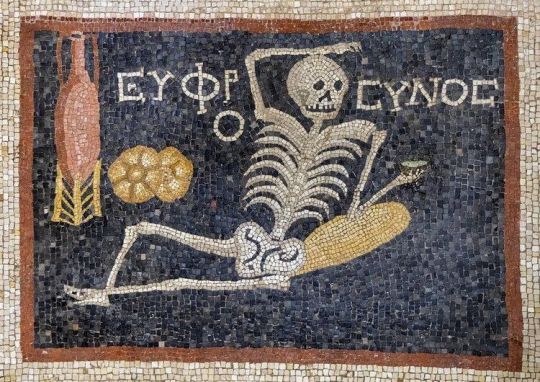
One of the panels of a mosaic of a cheery skeleton uncovered in Turkey in 2016, probably dated to the Late Roman era Antioch. The word can be transliterated as EUPHROSYNOS (cheerful).
3K notes
·
View notes
Text
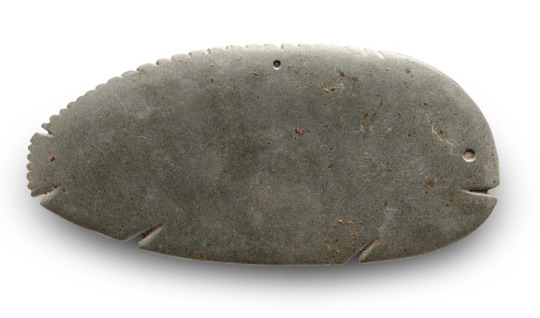


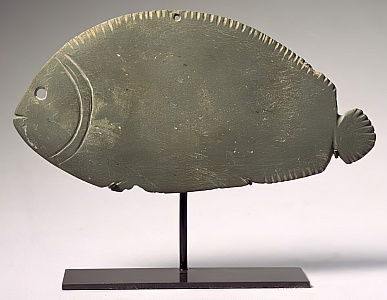
:) ancient egyptian greywacke fish
12K notes
·
View notes
Text

This lyre was found in the 'Great Death-Pit', one of the graves in the Royal Cemetery at Ur. From Ur, southern Mesopotamia, Iraq. Early dynastic period, 2600-2400 BCE. (The British Museum, London)
2K notes
·
View notes
Note
hii you posted you are relearning latin, just from school book notes or are you also using other sources?
hi i use a mix of things! i use my notes and textbooks from school a lot, but i also use free online resources and try to read books in latin too

textbooks:
cambridge latin course books i-v (clc has free online resources if you can't buy them, here and here)
online resources / courses:
openlearn: getting started on classical latin
openlearn: continuing classical latin
openlearn: discovering ancient greek and latin
openlearn: introducing classical latin (i only use this one for pronunciation reminders)
national archives: medieval latin
misc:
list of modern books with latin translations

there are probably lots of other ways to learn it and other free resources, but this is what i use. hope this helps!

113 notes
·
View notes
Text

officially the best line in The Odyssey
32K notes
·
View notes
Text
odysseus absolutely does present a threat to penelope if he perceives her as at all unfaithful, and i feel the unfairness of this, and i think people tend to undersell how much tension at least potentially exists between odysseus and penelope. but i'm also like. his reaction, all speculation aside, his actual reaction in the odyssey to her flirting with the suitors is delight, because he immediately ascertains that she is running a con. sorry that they're so in-sync in spite of the forces that try to drive a wedge between them, including their own misgiving hearts. sorry that they invented homophrosyne ¯\_(ツ)_/¯
135K notes
·
View notes
Text
Cool anecdote from Umberto Eco about the translation of “The Name of the Rose” into Russian: there’s lots of Latin in the original to give a medieval feel to the everyday life of the monastery. But Elena Kostyukovich, who was translating into Russian, feared that this would look weird in Russian, and would have the wrong association — with scientific nomenclature maybe, or with Ancient Rome, perhaps, but certainly not with a life dominated by the Catholic Church as an institution. So her proposal to Eco was to put in a lot of Church Slavonic into her translation — and he agreed that this was a good solution.
The point Eco makes in bringing this up is that when we talk about literary translation, we often use Lawrence Venuti’s categories of “domesticating” vs. “foreignizing” translations. Which are useful categories, but we sometimes trea them as synonyms of “reimagining the context” vs. “retaining the original context”. But these dichotomies are not the same, and sometimes they point to opposite solutions. It’s because Kostyukovich was trying as much as possible to retain the context of being medieval that she had to move away from the original Italian-language solution of using Latin.
[Clarification note : she went with Latin in the end]
3K notes
·
View notes
Text
Posting only a snippet to protect the person's identity and because I don't want to attack them personally but comment on the many similar opinions I have seen:

[ID: a screenshot of a tumblr post reading "Don't get me wrong. But translating a poem loses it's meaning and soul."]
No one is as aware of translation loss as translators themselves. No one is as aware of translation gains as translators themselves either.
On tumblr, there are many posts about how reading something in translation "can't make you grasp the original" or how subtitles or dubs are "inaccurate". This is incredibly unkind to translators who work very hard and usually get paid very little to make books or audiovisual media accessible to you at all (not even to mention all the other areas of translation you're not even aware of).
Of course, some translators make mistakes. But writers make typos too and some make it into published books. Of course, there are cases of manipulation or censorship, I wrote my thesis on this, but more often than not these cases were caused by outside forces not the translators themselves. There are bad translations like there are bad novels or films.
I want more people to think of translation as a creative process that has nearly infinite strategies and choices. Translations differ because they are made by humans. They differ because there are as many ways to translate something as there are to write something. A translation will always necessarily differ from its source because, and it sounds really silly saying this out loud, it's in a different language. And at the same time, the translator is in a constant dialogue with the author and audience, trying to bridge a gap between them.
Translation is not meaningless and not soulless. It adds to the original the soul of the translator.
3K notes
·
View notes
Text
do you ever remember the note the scribe left at the end of catullus manuscript G and want to burst into tears
14K notes
·
View notes
Text
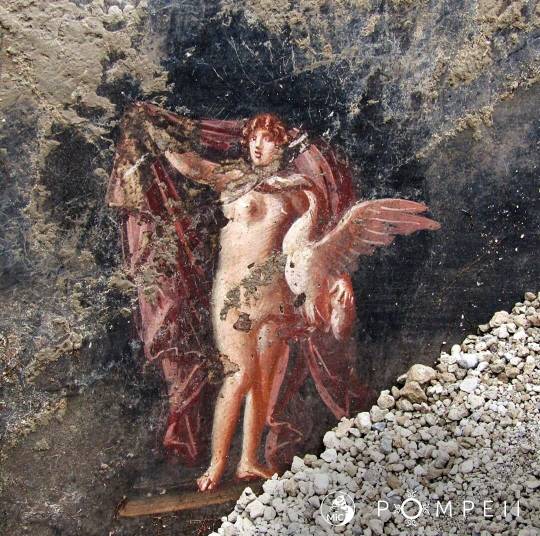

Another frescoes recently found in Pompeii, extraordinarily preserved on the wall of a triclinium (dining room).
Photos: Pompeii-Parco Archeologico
659 notes
·
View notes
Text




bronze crow figurine, archaic period (end of 6th century bce) - acropolis museum
830 notes
·
View notes
Text

Etruscan Votive Statuette, 300–200 B.C. - Unknown artist, Terracotta, 21.6 × 13.2 × 7.5 cm This statuette represents a male torso with an incision from the breast bone to the abdomen that exposes the internal organs. The dedicator perhaps suffered from stomach or intestinal problems. The model is a schematic version of the human anatomy rather than an exact replica, but the relative placement, size, and shape of organs is generally correct. Such medical knowledge of internal anatomy may have been gained from the observation of butchered animals or mortally wounded warriors on the battlefield.
2K notes
·
View notes
Text

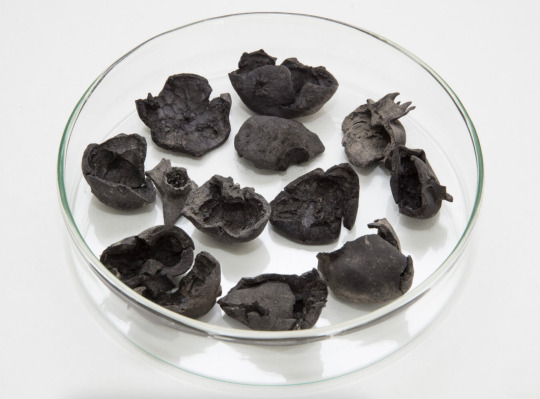
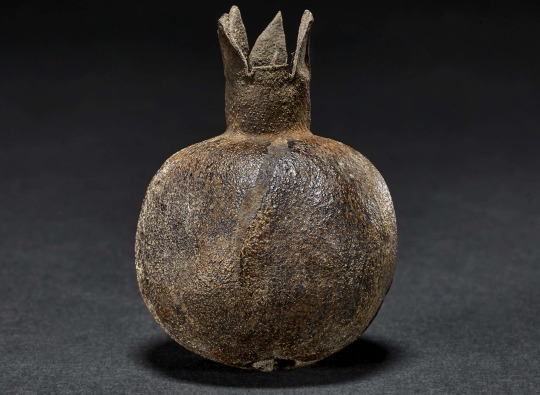
roman pomegranates from oplontis / carbonized roman pomegranates from pompeii / ancient egyptian pomegranate
1K notes
·
View notes
Text

Introduction to The Iliad, Emily Wilson
22K notes
·
View notes